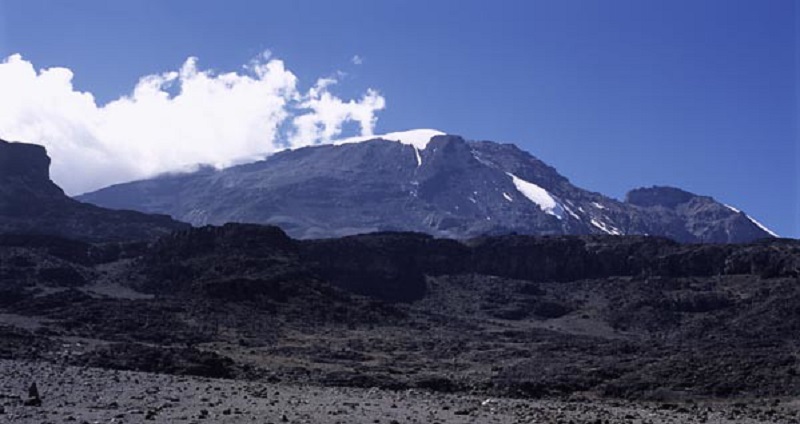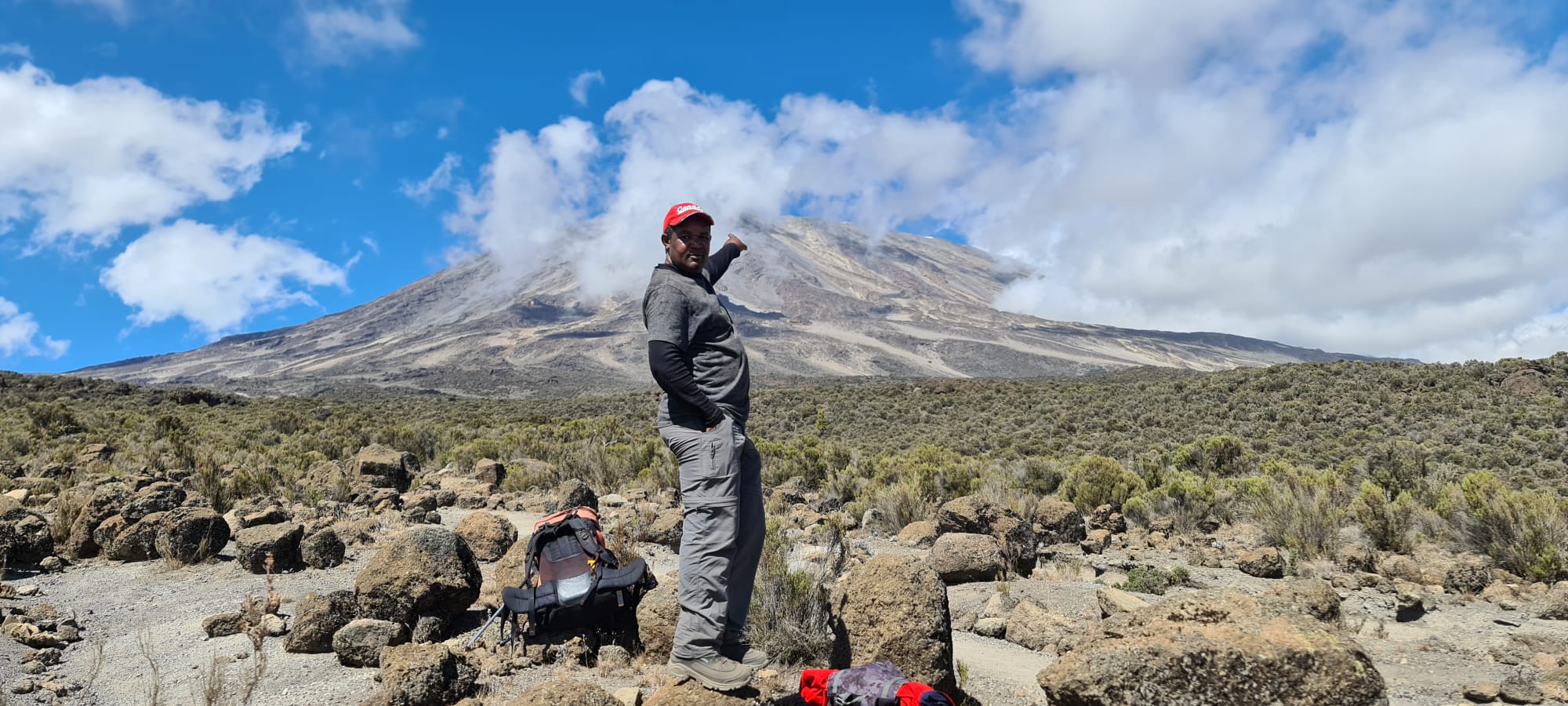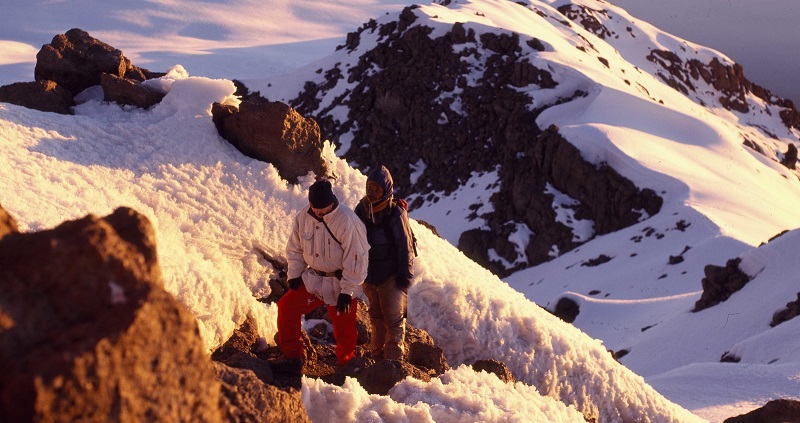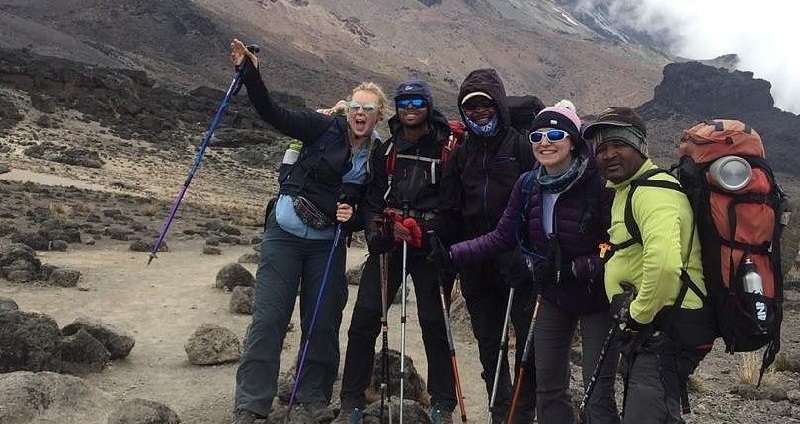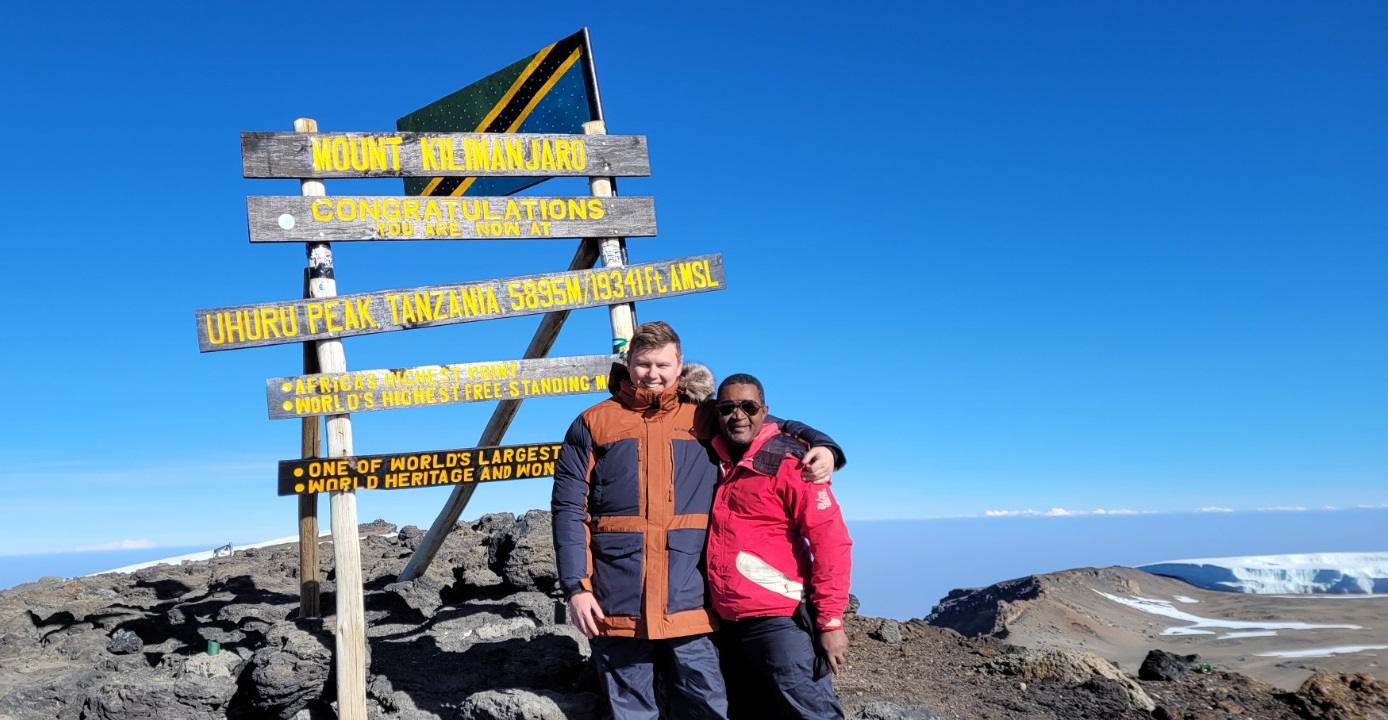7 DAYS LEMOSHO ROUTE - MT.KILIMANJARO TREKKING
ABOUT ROUTE
Lemosho is preferred due to its beauty, remoteness and success rate. In short, it maximizes the chances that a climber will reach the summit, and enjoy the experience overall.
It start at Londorossi Gate which is located in the western base of mountain.
Lemosho starts in lush, fertile rainforest. It is the first ecological zone you encounter on Kilimanjaro. The route heads up and across the Shira Plateau, which used to be Kilimanjaro’s third peak before it collapsed. Then we make our way north to Moir Hut, which serves as a great acclimatization day due to short hikes than can be done in the nearby Lent Hills.
The Lemosho route can be done in as little as seven days (six nights) on the mountain. However, it is ideally tackled over eight days (seven nights) for a better altitude acclimatization schedule. With eight days (seven nights) on the mountain, your chances of reaching the top are very high.
Route Itinerary,Price,Map & Equipments needed for Trekking
DAY 1: Londorosi Gate - Mti Mkubwa Camp ,Distance: 5.5 km / 3.5 miles , Time: 3-4 hours ,Elevation:2250m-2820m, Zone: Rainforest
The Lemosho Route begins at far western side of Kilimanjaro at Londorosi Gate, which is roughly a 2-3 hour drive from either Moshi or Arusha. When you arrive, your group will be registered and the porters will divide up your bags, equipment and food for the next eight days.
The first day starts gently – a 3-4 hour winding easy uphill through lush forest, with plenty of time to stop and admire nature all around you (keep your eyes peeled for wildlife!). This is also where you’ll get your first taste of the super slow pace you’ll be keeping up for the entire climb – it may feel painfully slow at first, but it will be really important later on. And of course, there’s no rush! It’s not a race and you’ve got a long way to go…
DAY 2: Mti Mkubwa Camp - Shira Camp 1 , Distance: 8 km / 5 miles , time: 6-7 hours ,Elevation:2820 m - 3500 m , Zone: Rainforest / moorland zone
Day Two of the Kilimanjaro Lemosho Route continues through the rainforest for a couple of hours, before the trail brings you up out of the forest zone and into the moorland, or low alpine zone. The vegetation changes from tall trees to small, scrubby bushes and heather, and now that you’re higher you get your first look at some of the amazing views still to come.
Your camp for the night is Shira 1, on the western edge of the Shira Plateau at 3610 metres. By now you’ll have walked about 13 km.
DAY 3: Shira Hut 2 - Lava Tower (460M) to Baranco Hut , Distance: 10 Kilometers,
walking Time: 7 Hours , Elevation:(3850M) - (3900M), Zone: Moorland.
Start by ascending up a ridge towards lava tower which provides an extra day for acclimatization. Have some rest
and enough time for lunch while at the lava tower. Descend down and proceed with the trail to reach at Baranco hut
for an evening arrival. Dinner and overnight stay at the campsite.
DAY 4: Barranco Camp - Karanga Camp .
Distance: 7 km / 4 miles , Hiking time: 4 hours, Elevation:(3900 m) - (3995 m) , Zone: High alpine
Day Five is the day many people worry about: the famous Barranco Wall. It’s a 257 m / 843 ft climb up a steep rock face – not quite technical climbing but you will need to use your hands, and it can be a little precarious at times.
After about two hours you’ll arrive at the top. You’ll get a rest and a chance to take in the views, before heading along on the flat and slightly downhill to what is probably the most beautiful camp location of all, Karanga Camp, in the shadow of Kibo peak at 3995 m.
If you’re doing the seven-day version of the Lemosho Route, you’ll only stop here briefly, before carrying on up to Barafu Camp at 4680 m.
DAY 5: Karanga Camp - Barafu Camp , Distance: 6 km / 4 miles , Hiking time: 4 hours , Elevation: (3995 m) - (4673m) , Zone: Alpine desert
Your challenge for Day 5 is to get from Karanga Campsite at just under 4000 m, to Kilimanjaro Base Camp (Barafu) at nearly 4700. This might not seem that far, but you’ll be tired, and you need to conserve your energy for the summit push.
Take it slowly and it’ll take about four hours, with plenty of time to take photos and enjoy the scenery. Then you’ll get the afternoon off to rest, sleep, and prepare for the big day tomorrow.
DAY 6: Barafu Camp - Uhuru Peak - High Camp ,
Distance: 4.5 km / 3 miles ascent and then 11 km / 7 mile descent , Hiking time: 7-8 hours to the summit and then 5-7 hours to High Camp , Elevation: (4673 m) - (5895 m) - (3100 m), Zone: Glacial zone and all zones as you descend
You’ll start your final push to the summit of Kilimanjaro around midnight, with a very slow and steady climb through the cold and dark up the steep slope of Kibo peak. It’s a long, laborious, and difficult uphill trudge, probably the toughest part of the entire route.
As the sun comes up you will start to see the crater rim ahead of you, and after 5-6 hours of consistent walking you’ll reach Stella Point at 5756 m. Seeing the dawn break over Kilimanjaro and knowing you are nearly at the end is one of the best feelings in the world!
Take a rest at Stella Point and then buckle up for the final leg of the climb, one more hour of mostly flat walking around the crater rim to Uhuru Peak at 5875 m, where you can stop briefly to celebrate your victory and take a few photos.
But your journey is not over yet, because now you need to descend. This will be something of a slip/slide/scramble down the loose scree for about three hours back to Base Camp, where you’ll have a couple of hours to rest and gather your stuff before carrying on for another three hours down to High Camp at 3950 m.
In total you’ll have done about 13-16 hours of walking today, so you’ll be exhausted and in serious need of a rest (and a shower!)
DAY 7: High Camp to Mweka Gate ,
Distance: 9 km / 5.5 miles,
Hiking time: 3-5 hours,
Elevation:(3950 m ) - (1,640 m ),
Zone: Heather and forest
Your last day on Kilimanjaro is downhill all the way, back through the rainforest scenery you saw on the first day. Everyone will be keen to get home now, so you may do this quite quickly, depending on how exhausted you are and the state of your knees.
Finally you’ll make it to the exit gate, where a cold beer will be waiting for you before you get bussed back to your hotel for a proper sleep!
MAP OF LEMOSHO ROUTE
PRICE INCLUDES
Private transport to & from Kilimanjaro International Airport to your accommodations in Moshi.
2 nights of accommodation in Moshi.
Transportation to & from the Kilimanjaro gate.
Park entry fees.
Camping fees.
Team Kilimanjaro Rescue fees.
18% VAT on tour fees & services.
4 Season mountain tents.
Double layered Sleeping Mats.
Friendly and professional mountain guides, cook and porters.
3 hot meals daily while on the mountain.
Enough treated & filtered drinking water throughout the trek.
Hot water for washing.
Fair wages for the mountain crew as approved by the Kilimanjaro National Park Authority (KINAPA), Kilimanjaro Association of Tour Operators (KIATO).
Government taxes.
Portable oxygen tanks & ox meter
Emergency first-aid kit.
PRICE EXCLUDES
Lunches, dinners and drinks at your hotel before and after climb.
Travel insurance.
Portable flush toilet with a toilet tent is available for extra charges $ 70 for the entire trek.
Flights.
Laundry (Available at hotel).
Personal items and toiletries.
Tips on Mountain Kilimanjaro are recommended for group sharing as follows:
Guide $20/guide/day ,
Cook $15/day,
Porters $10/porter/day.
Kilimanjaro Trekking Equipments
Clothes
Waterproof pants
1-2 Long Sleeve Trekking Shirts
1 Pairs of hiking pants
1 Fleece Jacket
1 Insulated Winter Jacket
2 pairs synthetic warm weather trekking socks
4 pairs heavier synthetic or wool blend socks
Top and Bottom Base Layer
3-4 Short Sleeve
Water/Windproof mittens
Lightweight gloves
Lightweight Rain gear
1 Pair of hiking boots
Balaclava
Trekking Equipment
A day pack
Headlamp with extra batteries
1 Sleeping bag
1 Duffel bag
A pair of trekking poles
Accessories
Backpack cover
Water bottle
Sunglasses
Electronic devices
Camera/Smartphone
Extra batteries/Power bank

